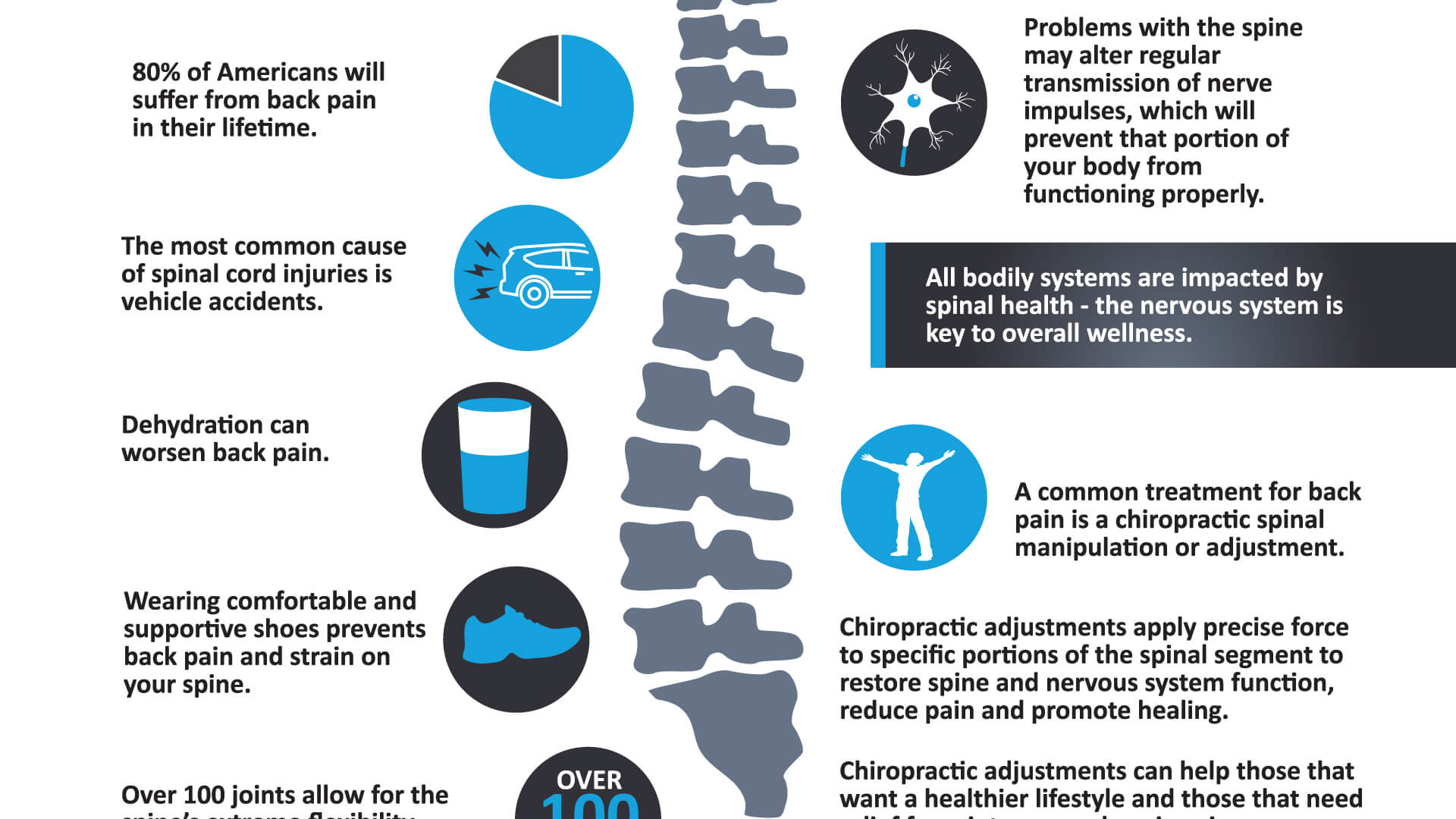The Connection Between Pose And Pain In The Back: Approaches For Preserving Correct Positioning During The Day
The Connection Between Pose And Pain In The Back: Approaches For Preserving Correct Positioning During The Day
Blog Article
Content Composed By-Houghton Thaysen
Preserving appropriate position isn't almost sitting up right; it's about straightening your body in a manner that sustains your spine and decreases the danger of pain in the back. The method you sit, stand, and move throughout the day can substantially affect your spinal wellness. But how specifically can you ensure great placement consistently, even throughout hectic days full of various activities? Let's dig deeper into the refined yet impactful adjustments you can make to your daily regimen to maintain your back satisfied and healthy and balanced.
Relevance of Correct Position
Appropriate pose is essential in keeping a healthy and balanced back and preventing pain. When you rest or stand with good position, your back is in placement, lowering stress on your muscular tissues, tendons, and joints. This alignment enables the body to distribute weight equally, stopping excessive tension on specific locations that can result in discomfort and pain. By maintaining your spine appropriately aligned, you can additionally improve your breathing and food digestion, as slouching can press organs and limit their capability.
Furthermore, keeping excellent posture can improve your total appearance and self-esteem. When you stand tall with your shoulders back and head held high, you emanate self-confidence and appear more friendly. Good position can likewise make you really feel extra energized and alert, as it promotes appropriate blood flow and enables your muscles to function efficiently.
Incorporating correct stance right into your day-to-day regimen, whether sitting at a desk, strolling, or working out, is important for preventing pain in the back and advertising overall well-being. Bear in mind, a little change in how you hold on your own can make a significant distinction in how you feel and work throughout the day.
Common Postural Mistakes
When it involves preserving good posture, lots of people unconsciously make typical errors that can add to neck and back pain and pain. One of the most widespread mistakes is slumping over or hunching over while sitting or standing. https://www.chronicletimes.com/story/2866773.html on the spine and can cause muscular tissue discrepancies and pain in the future.
One more usual error is overarching the reduced back, which can flatten the natural contour of the spine and create discomfort. In addition, going across legs while resting may really feel comfy, but it can create a discrepancy in the hips and hips, resulting in postural concerns.
Making use of a cushion that's also soft or also strong while sleeping can likewise influence your positioning and contribute to pain in the back. Lastly, frequently craning your neck to check out displays or readjusting your position often can stress the neck and shoulders. Being mindful of these typical postural blunders can assist you maintain far better placement and reduce the threat of pain in the back.
Tips for Correcting Placement
To improve your alignment and decrease neck and back pain, it's important to concentrate on making small adjustments throughout your daily routine. Start by being mindful of your posture. When sitting, guarantee your feet are flat on the floor, your back is straight, and your shoulders are unwinded. Avoid slouching or leaning to one side. Use ergonomic chairs or paddings to sustain your lower back.
When standing, distribute your weight evenly on both feet, keep your knees a little curved, and embed your pelvis. Involve your core muscles to support your spinal column. Take breaks to stretch and walk around if you have an inactive work. Incorporate exercises that enhance your core and back muscle mass, such as slabs or bridges.
While resting, use a pillow that sustains the natural contour of your neck to keep correct back alignment. Prevent sleeping on your belly, as it can stress your neck and back. By bearing in mind these tips and making small changes, you can gradually fix your positioning and ease back pain.
Final thought
Keep in mind, preserving great position is essential to preventing back pain and promoting spinal health and wellness. By being mindful of your positioning, distributing weight evenly, and engaging your core muscle mass, you can minimize pressure on your back and decrease the risk of pain and injury. Integrate ergonomic assistance, take normal breaks to stretch, and reinforce your core and back muscle mass to keep appropriate placement throughout the day. best pain reliever for back pain will thank you for it!
